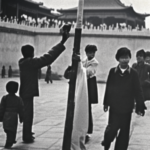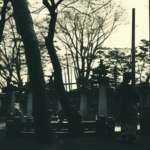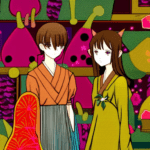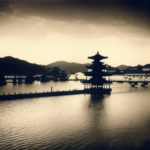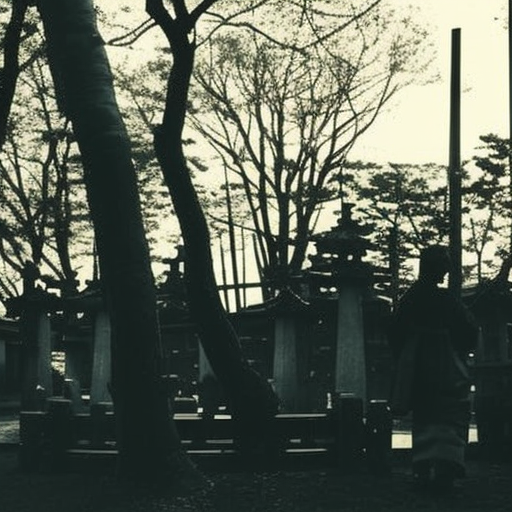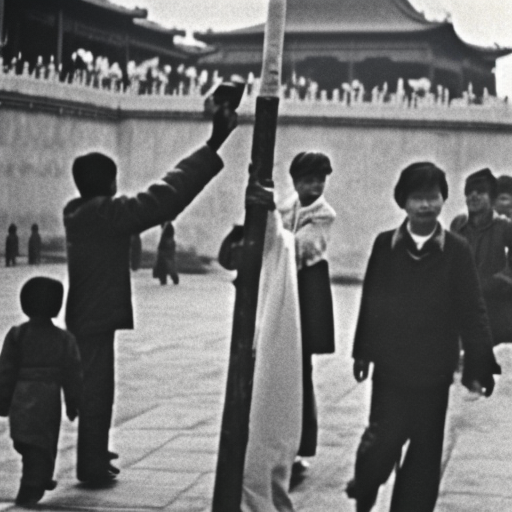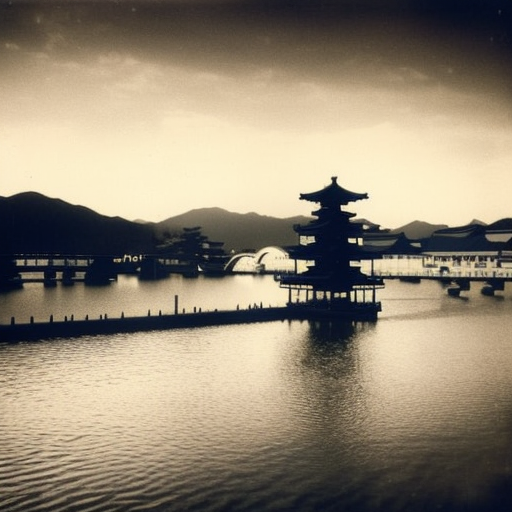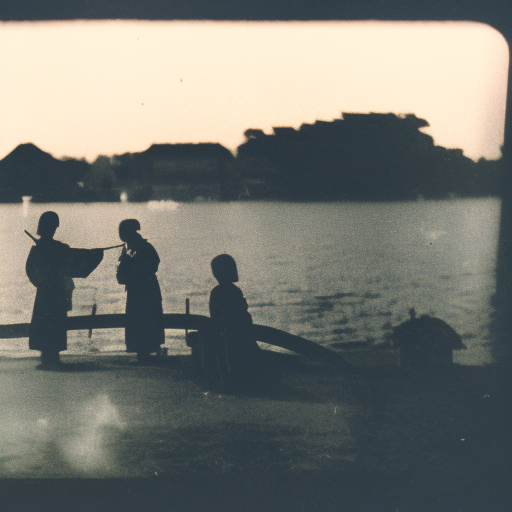The Edo Period in Japan: A Time of Stability and Isolation
The Edo Period, also known as the Tokugawa Period, was a time of peace and stability in Japan that lasted from 1603 to 1868. It was named after the city of Edo, which is now modern-day Tokyo, where the Tokugawa shogunate established its seat of power. This period marked a significant shift in Japanese society, politics, and culture.
Establishment of the Tokugawa Shogunate
The Edo Period began with the establishment of the Tokugawa shogunate by Tokugawa Ieyasu, a powerful daimyo who emerged victorious in the Battle of Sekigahara in 1600. Ieyasu was appointed as the shogun, the military ruler of Japan, by the emperor. He centralized power and implemented a strict hierarchical system to maintain control over the country.
Political and Social Structure
During the Edo Period, Japan was divided into four social classes: samurai, farmers, artisans, and merchants. The samurai, who were the warrior class, held the highest status and were responsible for protecting and governing their respective domains. The farmers, who made up the majority of the population, were the backbone of the economy. Artisans and merchants were considered lower in status but played crucial roles in supporting the economy.
The Tokugawa shogunate implemented a strict policy of isolation known as Sakoku, which aimed to limit foreign influence and maintain internal stability. Foreign trade was restricted to a few designated ports, and only the Dutch and Chinese were allowed to trade with Japan. The policy also prohibited Japanese citizens from traveling abroad and limited contact with foreigners.
Economic Development
Despite the isolationist policies, the Edo Period witnessed significant economic growth and urbanization. The establishment of a stable central government and the peace that followed the end of the Warring States Period allowed for increased agricultural production and trade. The growth of cities, such as Edo and Osaka, led to the rise of a prosperous merchant class. The development of a sophisticated financial system, including the use of rice as a currency, further fueled economic growth.
Cultural Flourishing
The Edo Period was also a time of cultural flourishing in Japan. The samurai class, with more leisure time due to the absence of major conflicts, turned to the arts and intellectual pursuits. Traditional Japanese arts, such as kabuki theater, ukiyo-e woodblock prints, and haiku poetry, thrived during this period. The popularity of these art forms extended beyond the samurai class and reached a wider audience.
Decline of the Tokugawa Shogunate
As the Edo Period progressed, the Tokugawa shogunate faced various challenges that eventually led to its decline. Economic disparities between the social classes, corruption within the government, and pressure from foreign powers seeking to open Japan to trade all contributed to growing discontent among the population. In 1853, Commodore Matthew Perry of the United States arrived in Japan with a fleet of warships, demanding the opening of Japanese ports. This event marked the beginning of the end of the Edo Period.
The Meiji Restoration
The decline of the Tokugawa shogunate paved the way for the Meiji Restoration in 1868, which marked the end of the Edo Period. The Meiji Restoration aimed to modernize Japan and restore power to the emperor. The new government implemented significant political, social, and economic reforms, leading Japan to rapidly industrialize and become a major world power.
In conclusion, the Edo Period in Japan was a time of stability, isolation, and cultural flourishing. The establishment of the Tokugawa shogunate brought peace and centralized power, while the policy of Sakoku limited foreign influence. Despite the isolationist policies, Japan experienced economic growth and urbanization. The period also witnessed a cultural renaissance, with traditional arts thriving. However, the decline of the Tokugawa shogunate and pressure from foreign powers eventually led to the end of the Edo Period and the beginning of the Meiji Restoration.
